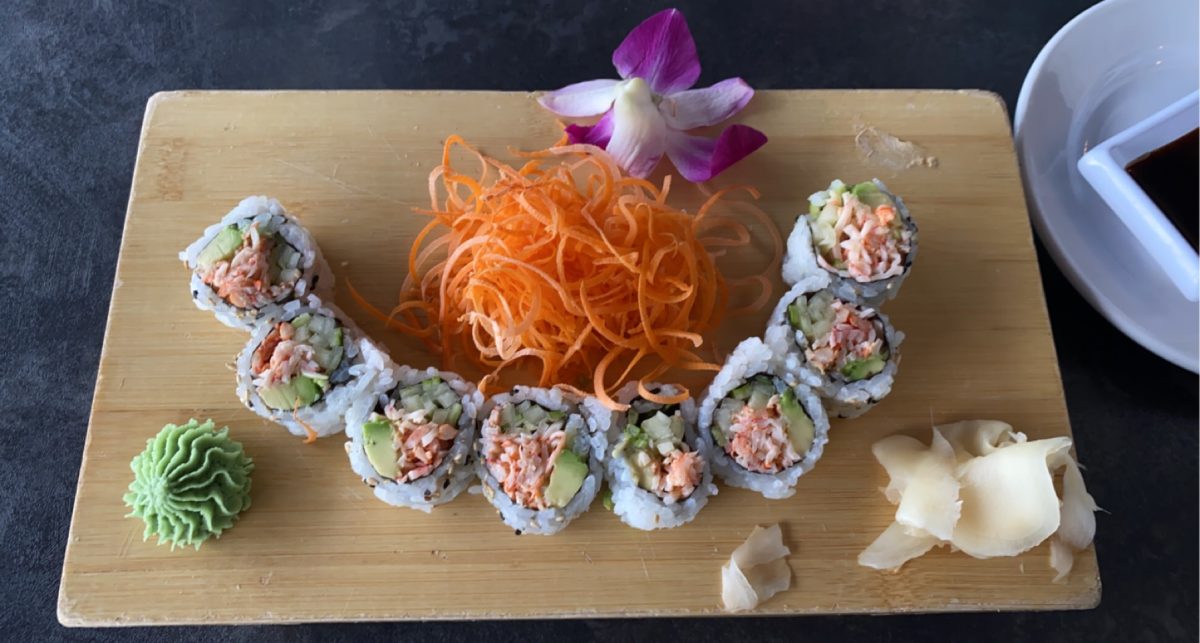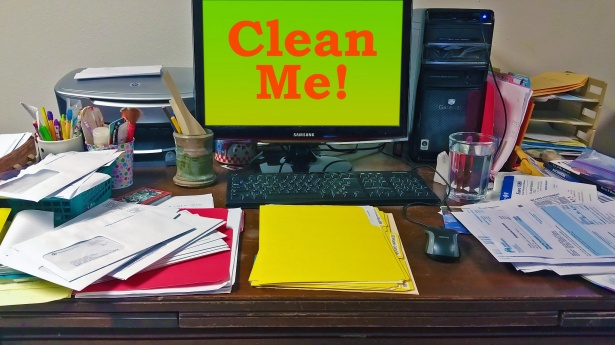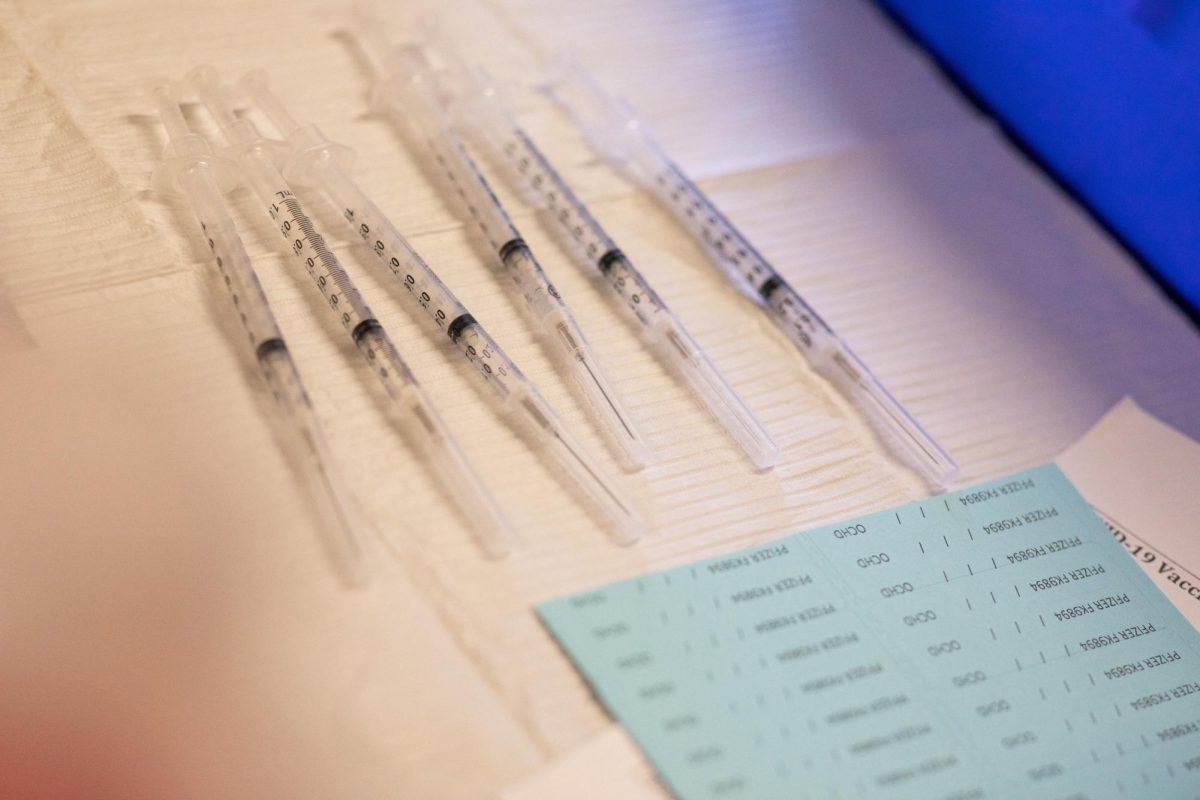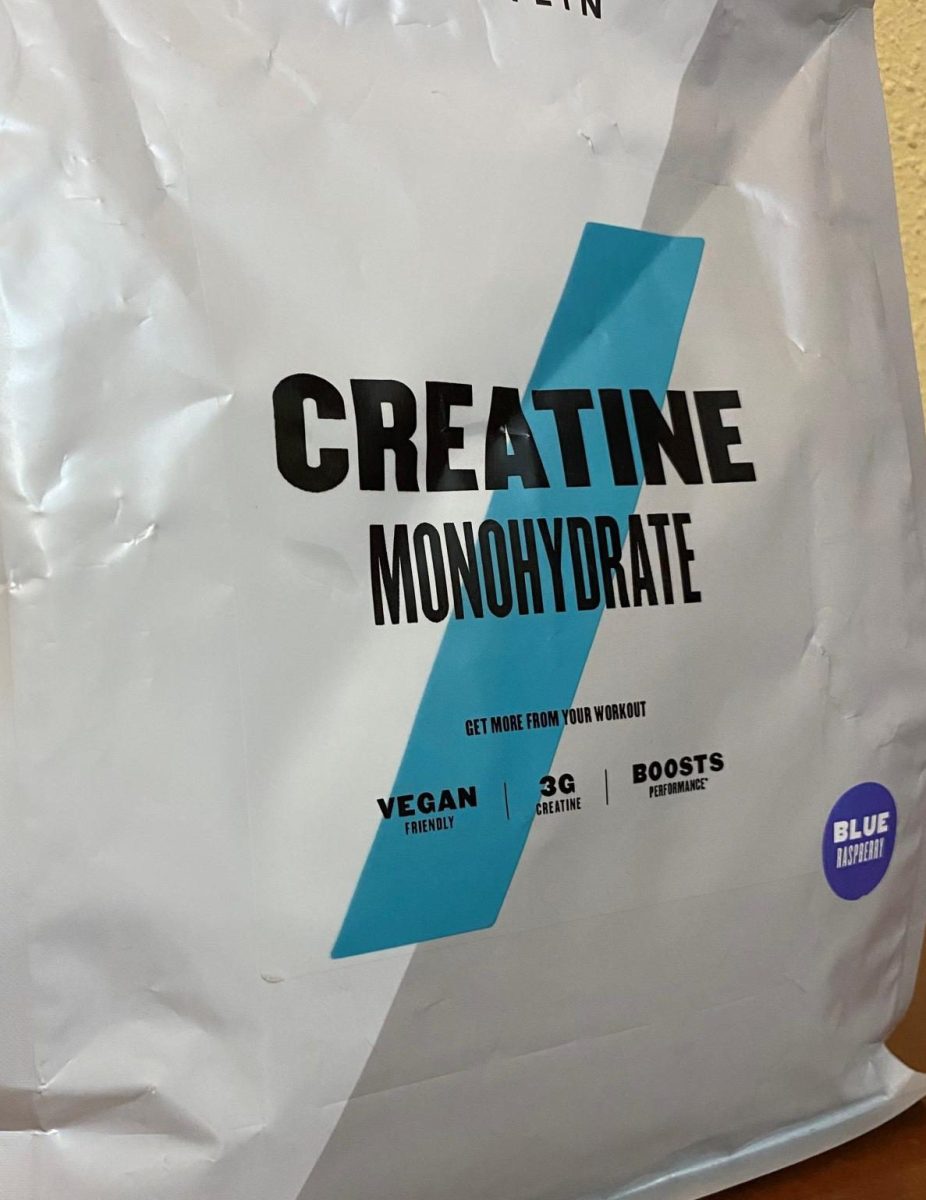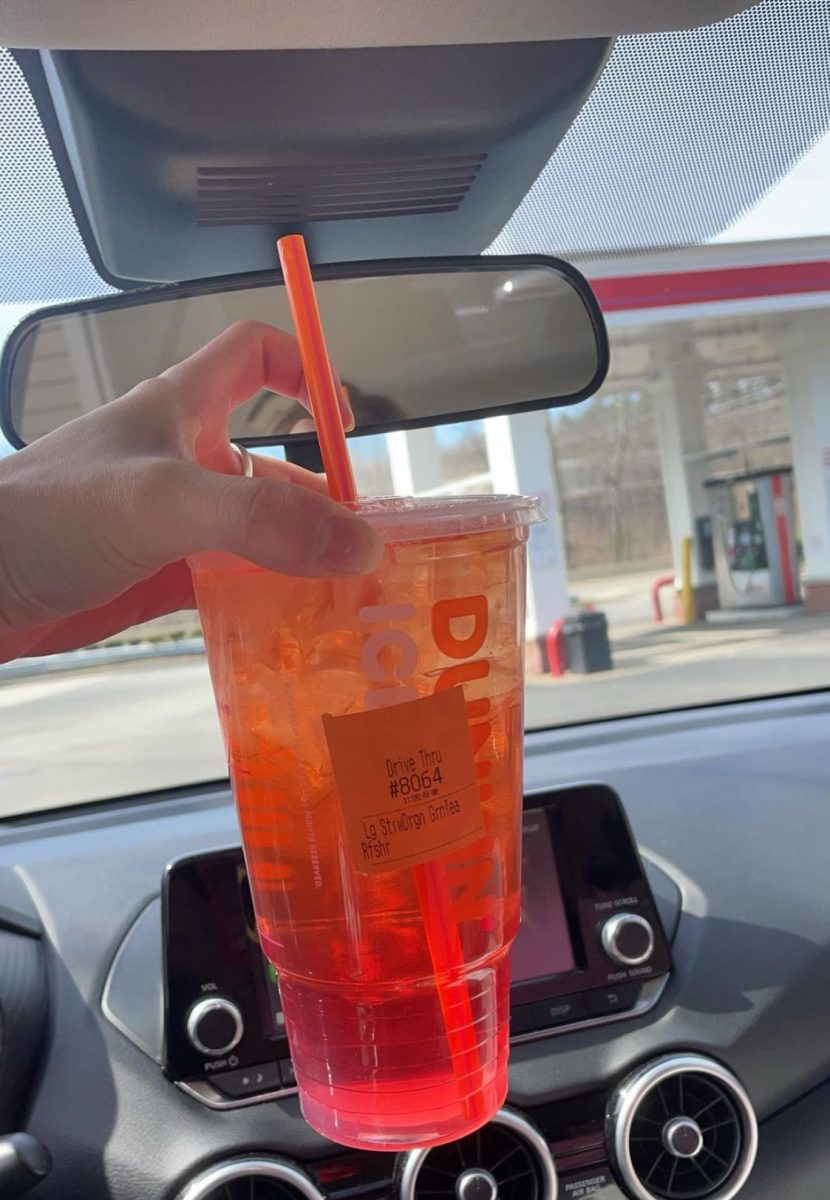During the summer season, when my sister is home from college, we wake up at 11 am, and go to Dunkin to get some refreshers. We then lay by the pool, sipping our strawberry refreshers from Dunkin and enjoying each other’s company.
$3 for a medium strawberry refresher from Dunkin?
Sure, $3 doesn’t sound so bad, but how about when you go 3x a week? That is about $10 a week that could have gone towards gas money or maybe even college funds.
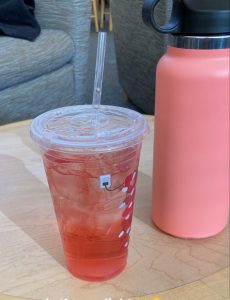
I work at Foppema’s, a small farm stand in Northbridge. Every Saturday, when I come in for my 8 am shift, I notice that my 40 year old coworker brings in an iced latte.
Every time.
This alone gave me the realization that this is not just a problem that teenagers face, but is a worldwide epidemic for all ages. People have become addicted to justifying ‘just $3’, but in reality these same people are wasting thousands of dollars each year.
For many people, picking a daily coffee becomes part of their routine. Studies show that caffeine helps to get people’s blood moving, and helps them feel more energized throughout the day. Caffeine is known for its stimulating effects and addictive nature. Many have started to include a daily dose of caffeine to power through their days. When people go without caffeine, they receive withdrawals which can cause a headache, and a complete mood shift. This causes people to use their ‘withdrawals’ as an excuse to continue to drop $3 on coffee everyday.
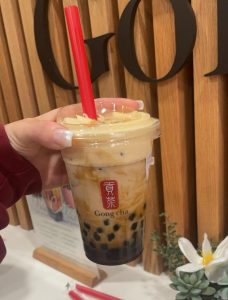
Let’s get into the logistics of this epidemic. If I stop on my way to school every morning four times a week to buy a drink (and only a drink), that is, give or take, $15 a week, $60 a month, and, with added expenses like taxes or occasional treats, that amount could easily reach $800 a year.
Now, if I decide to skip on the coffee and invest $800 now, assuming a 10% growth rate, it could grow to approximately $1288.41 in five years. This shows that the money wasted would be compounded into thousands of dollars should really make people think twice about their daily habits.
Moreover, companies, like Dunkin and Starbucks often target younger customers to create menu items that are targeted for teenagers, knowing they are very lenient with their spending, promoting these new products by using different social media platforms like Instagram and TikTok. This strategic marketing plan, aims to bring in more customers who are prone to irresponsible spending.
High Schoolers mostly have part time minimum wage jobs and may struggle with the urge to treat themselves to a daily coffee purchase. It is important to educate teens on the impact of regular small purchases, to later help them make more financially stable decisions.
While its important to recognize the financial effect of coffee habits, it is also crucial to acknowledge that an occasional treat in life is key to a balanced lifestyle. So instead of cutting out all spending of unnecessary treats, like a Dunkin refresher, like I would assume most would do after reading this, the main goal is try your best to find a compromise between managing your budget and treating yourself when you know you need it.










